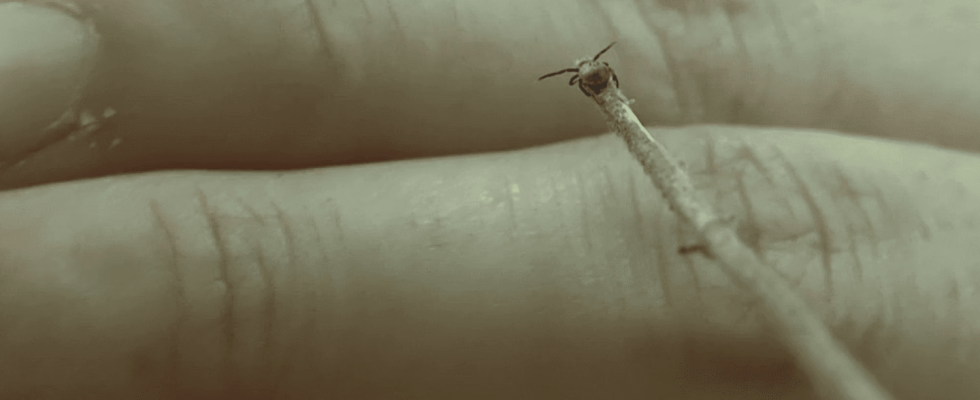Posted
Video length: 2 min.
Article written by

With the onset of spring, ticks proliferate. During walks in the forest, it is therefore advisable to be careful to avoid bites.
Discreet, they blend perfectly into the vegetation. At the end of the branches, on the leaves, the ticks lie in ambush, ready to jump on any foreign body. Their favorite target: walkers, on two or four legs. “When I come home, there are always two or three”, says a walker, pointing to his dog. The arrival of spring and rising temperatures give ticks the ideal conditions for their proliferation.
vector role
“What makes ticks dangerous is their vector role”, explains a researcher. A tick bite, for example, can transmit borelia, the bacteria responsible for Lyme disease. If not detected and treated in time, it can have serious consequences. “with people very affected at the neurological level, sometimes at the cardiological level”, completes another professional. So on a walk, it is better to cover up and keep your eyes wide open to dislodge these little beasts that are often very well hidden.
